Images play a crucial role in web design. They can be used to enhance the visual appeal of a website, create a sense of emotion and atmosphere, and communicate a message. In this article, we will explore the ways in which images can be used to maximize the impact of your website and boost engagement.
The Power of Visuals
Images have the power to grab the attention of visitors and communicate a message in a way that words alone can’t. They can be used to create a sense of emotion and atmosphere and enhance the overall design of a website. In fact, studies have shown that images can increase engagement and conversions by up to 94%.
Choosing the Right Images
Choosing the right images for your website is crucial. The images you use should be high-quality, relevant to your content, and in line with your brand’s style and tone. When choosing images, consider the following:
- Quality: High-quality images will make your website look more professional and increase engagement.
- Relevance: The images you use should be relevant to your content and enhance the overall message of your website.
- Branding: The images you use should be in line with your brand’s style and tone.
Creating a Visual Hierarchy
Creating a visual hierarchy with images is important for guiding the viewer’s eye and highlighting important information. You can create a visual hierarchy by using images of different sizes and by placing them in strategic locations on the page. For example, using a large image as a background can create a sense of atmosphere, while a smaller image placed next to relevant text can help to explain a complex concept.
Using Images to Communicate a Message
Images can be used to communicate a message and create a sense of emotion. For example, a photo of a smiling person can be used to convey a sense of happiness and positivity, while a photo of a dramatic landscape can be used to convey a sense of wonder and adventure. By carefully selecting images that align with your message, you can create a strong emotional connection with your audience.
Optimizing Images for the Web
Optimizing images for the web is crucial for improving website performance. Large, high-resolution images can slow down your website, making it difficult for visitors to view your content. To optimize images for the web, consider the following:
- Compression: Use next-gen image compression software to reduce the file size of images without sacrificing quality.
- File format: Use the appropriate file format for the image. JPEGs are best for photographs, PNGs are best for graphics with transparent backgrounds and GIFs are best for animations.
- Alt tags: Use alt tags to describe images and make them accessible to visually impaired visitors.
Conclusion
In conclusion, images play a crucial role in web design. They can be used to enhance the visual appeal of a website, create a sense of emotion, and communicate a message. By choosing the right images, creating a visual hierarchy and using images to communicate a message, you can maximize the impact of your website and boost engagement. By optimizing images for the web, you can ensure that your website will perform well, and be accessible to all visitors.
Contact Palmdale Web Designs for a free consultation.




